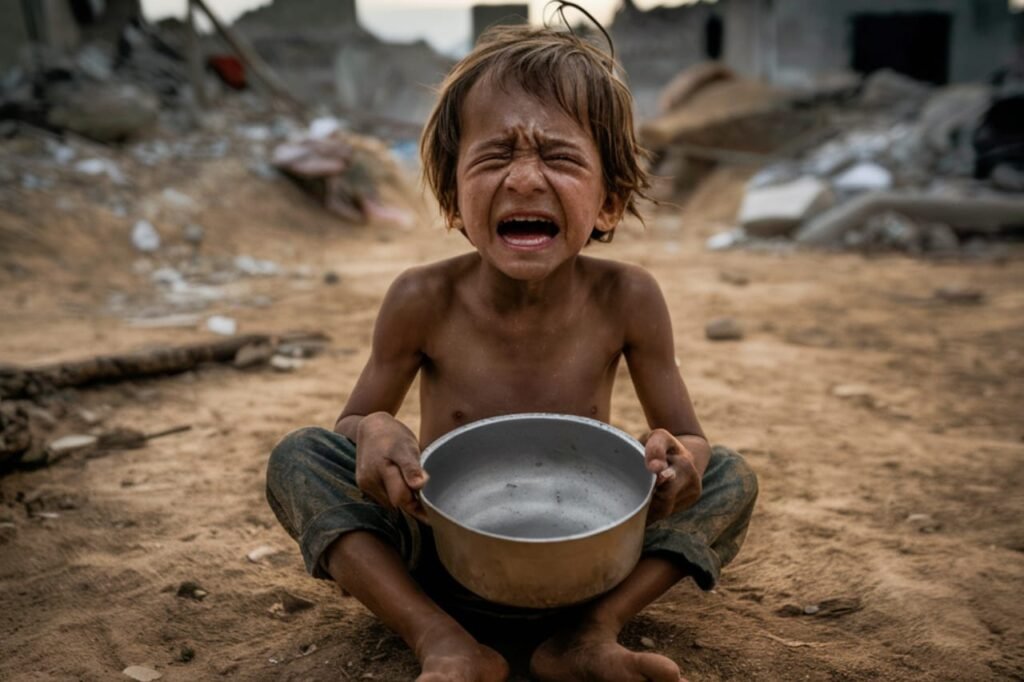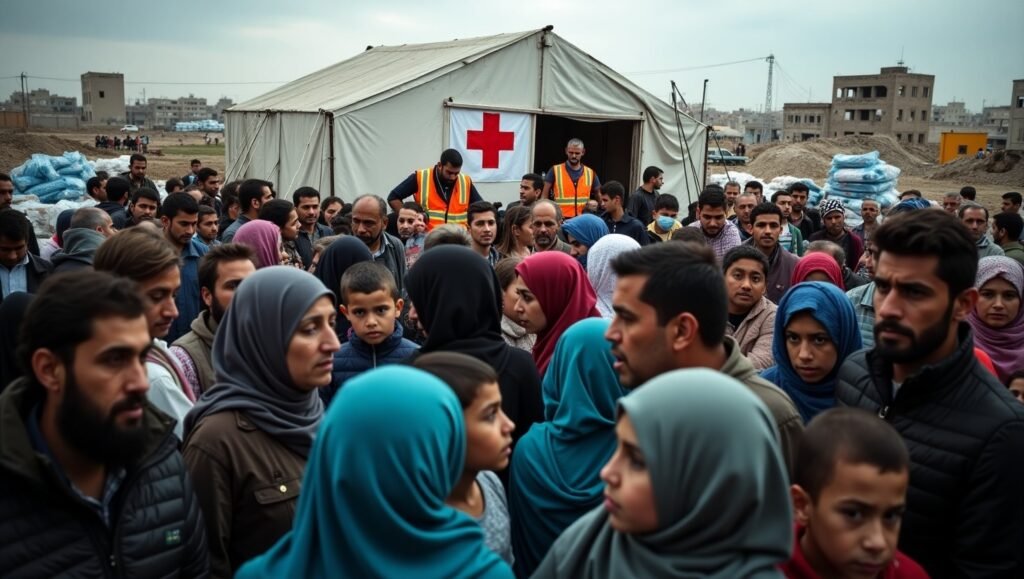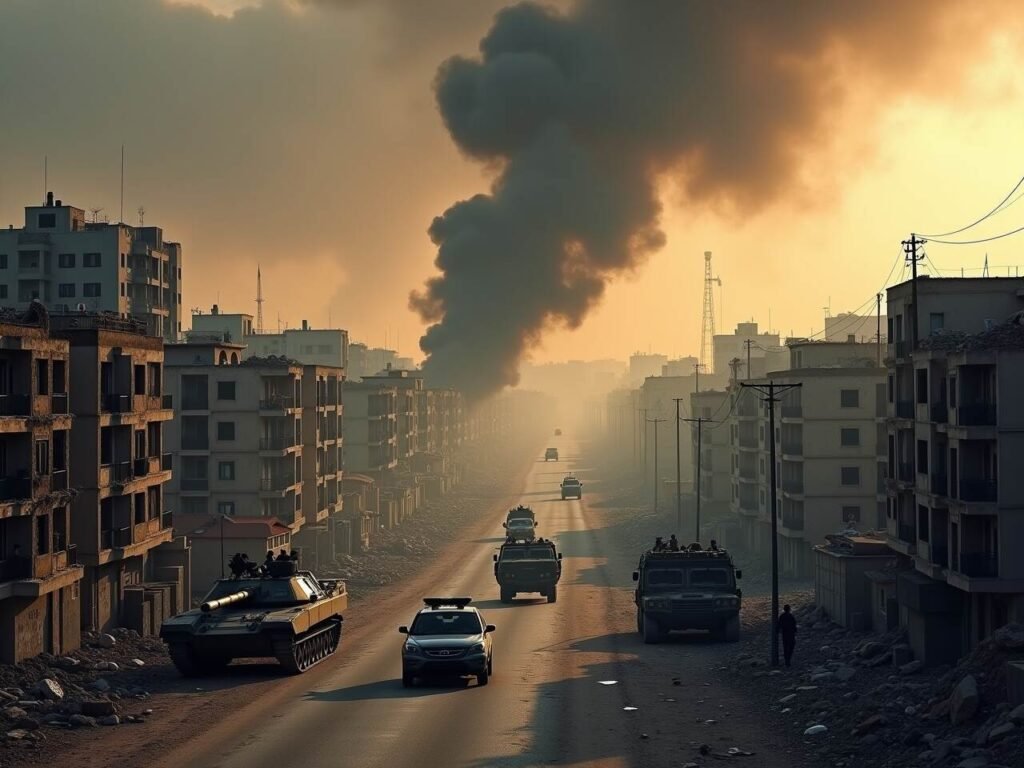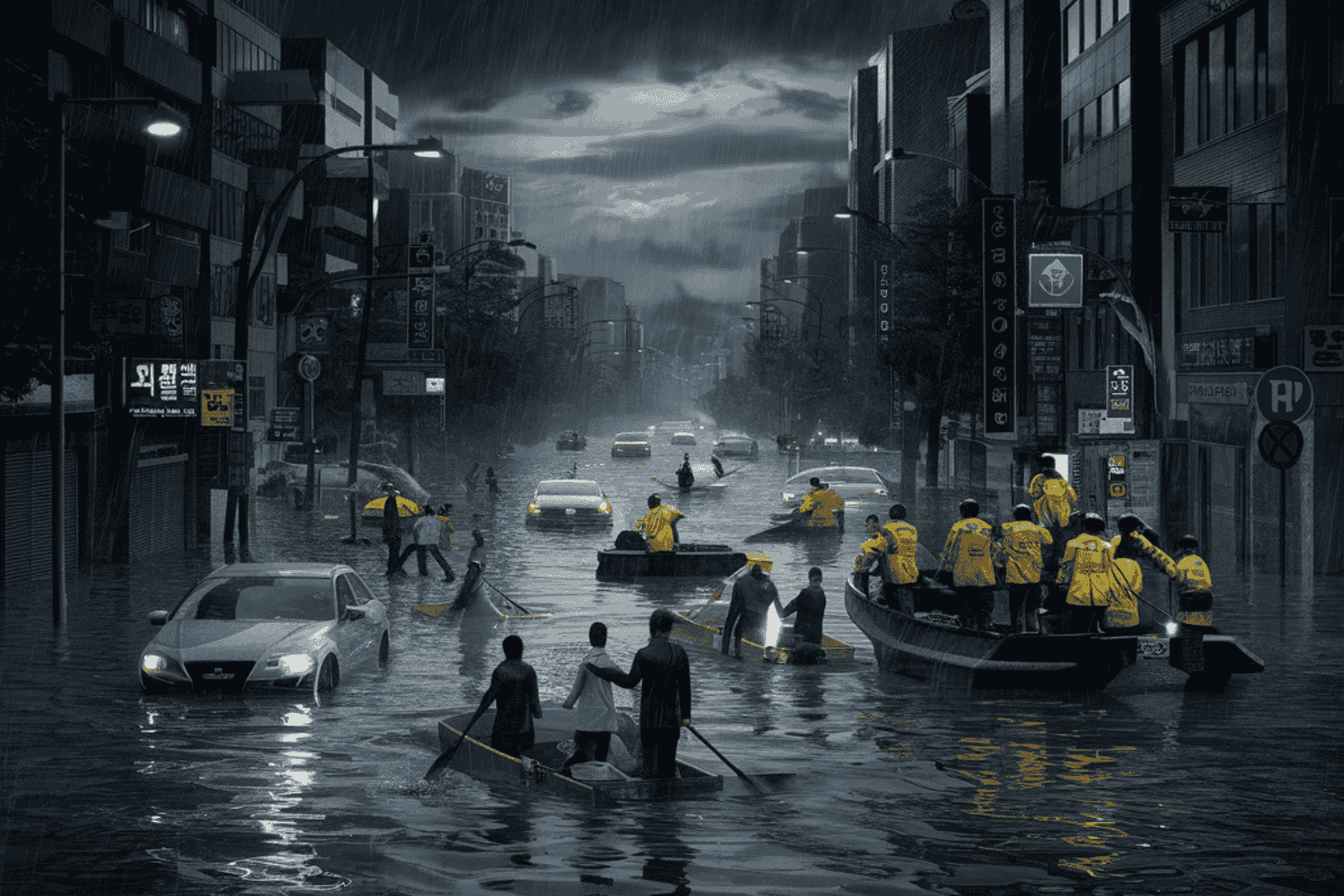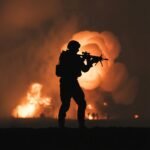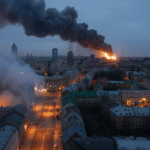- Home
- ScienceDiscover the latest updates from across the United States, including politics, culture, economy, and trending stories. Stay informed on the key events shaping the nation and the topics everyone’s talking about.
- EconomyOur Economy page provides comprehensive reporting on international financial systems, trade dynamics, development economics, and macroeconomic policy. Drawing on expert analysis and institutional data, we illuminate the interconnected nature of global markets and their real-world implications for governance and inequality.
- HealthWe examine global health issues through the lens of policy, access, equity, and innovation. From pandemics and healthcare infrastructure to mental health and biotechnological breakthroughs, our health reporting is rooted in empirical data, expert insight, and a commitment to understanding health as a cornerstone of human development.
- HistoryThis section revisits critical junctures in world history, emphasizing the relevance of historical events in shaping present-day global affairs. Through scholarly narratives and fact-anchored storytelling, we uncover the often-overlooked patterns, power structures, and human decisions that have left a lasting imprint on international relations and societies.
- PoliticsOur Politics section offers in-depth analysis of international political developments, ideological movements, and institutional shifts. With a focus on global governance, diplomacy, and geopolitical strategy, we provide nuanced reporting that transcends partisan narratives and situates events within their broader historical and structural contexts.
- War & ConflictThis section delivers meticulous coverage of international conflicts, civil wars, military strategies, and peace negotiations. We prioritize geopolitical context, long-term impact, and the role of state and non-state actors—eschewing sensationalism in favor of sober, historically informed analysis.
- TechnologyWe critically examine the global technology landscape—from artificial intelligence and cybersecurity to digital policy and ethical innovation. Our reporting focuses not just on what is being built, but why it matters: how technological change influences governance, economy, security, and human life on a planetary scale.
- Features
- Home
- ScienceDiscover the latest updates from across the United States, including politics, culture, economy, and trending stories. Stay informed on the key events shaping the nation and the topics everyone’s talking about.
- EconomyOur Economy page provides comprehensive reporting on international financial systems, trade dynamics, development economics, and macroeconomic policy. Drawing on expert analysis and institutional data, we illuminate the interconnected nature of global markets and their real-world implications for governance and inequality.
- HealthWe examine global health issues through the lens of policy, access, equity, and innovation. From pandemics and healthcare infrastructure to mental health and biotechnological breakthroughs, our health reporting is rooted in empirical data, expert insight, and a commitment to understanding health as a cornerstone of human development.
- HistoryThis section revisits critical junctures in world history, emphasizing the relevance of historical events in shaping present-day global affairs. Through scholarly narratives and fact-anchored storytelling, we uncover the often-overlooked patterns, power structures, and human decisions that have left a lasting imprint on international relations and societies.
- PoliticsOur Politics section offers in-depth analysis of international political developments, ideological movements, and institutional shifts. With a focus on global governance, diplomacy, and geopolitical strategy, we provide nuanced reporting that transcends partisan narratives and situates events within their broader historical and structural contexts.
- War & ConflictThis section delivers meticulous coverage of international conflicts, civil wars, military strategies, and peace negotiations. We prioritize geopolitical context, long-term impact, and the role of state and non-state actors—eschewing sensationalism in favor of sober, historically informed analysis.
- TechnologyWe critically examine the global technology landscape—from artificial intelligence and cybersecurity to digital policy and ethical innovation. Our reporting focuses not just on what is being built, but why it matters: how technological change influences governance, economy, security, and human life on a planetary scale.
- Features
Now Reading: Gaza: Dozens Killed Near Aid Sites by Gunfire
-
01
Gaza: Dozens Killed Near Aid Sites by Gunfire
- Home//
- Science//Discover the latest updates from across the United States, including politics, culture, economy, and trending stories. Stay informed on the key events shaping the nation and the topics everyone’s talking about.
- Economy//Our Economy page provides comprehensive reporting on international financial systems, trade dynamics, development economics, and macroeconomic policy. Drawing on expert analysis and institutional data, we illuminate the interconnected nature of global markets and their real-world implications for governance and inequality.
- Health//We examine global health issues through the lens of policy, access, equity, and innovation. From pandemics and healthcare infrastructure to mental health and biotechnological breakthroughs, our health reporting is rooted in empirical data, expert insight, and a commitment to understanding health as a cornerstone of human development.
- History//This section revisits critical junctures in world history, emphasizing the relevance of historical events in shaping present-day global affairs. Through scholarly narratives and fact-anchored storytelling, we uncover the often-overlooked patterns, power structures, and human decisions that have left a lasting imprint on international relations and societies.
- Politics//Our Politics section offers in-depth analysis of international political developments, ideological movements, and institutional shifts. With a focus on global governance, diplomacy, and geopolitical strategy, we provide nuanced reporting that transcends partisan narratives and situates events within their broader historical and structural contexts.
- War & Conflict//This section delivers meticulous coverage of international conflicts, civil wars, military strategies, and peace negotiations. We prioritize geopolitical context, long-term impact, and the role of state and non-state actors—eschewing sensationalism in favor of sober, historically informed analysis.
- Technology//We critically examine the global technology landscape—from artificial intelligence and cybersecurity to digital policy and ethical innovation. Our reporting focuses not just on what is being built, but why it matters: how technological change influences governance, economy, security, and human life on a planetary scale.
- Features//
- Home
- War & Conflict
- Gaza: Dozens Killed Near Aid Sites by Gunfire
Gaza: Dozens Killed Near Aid Sites by Gunfire
Jhon SmithWar & ConflictJuly 19, 202536 Views
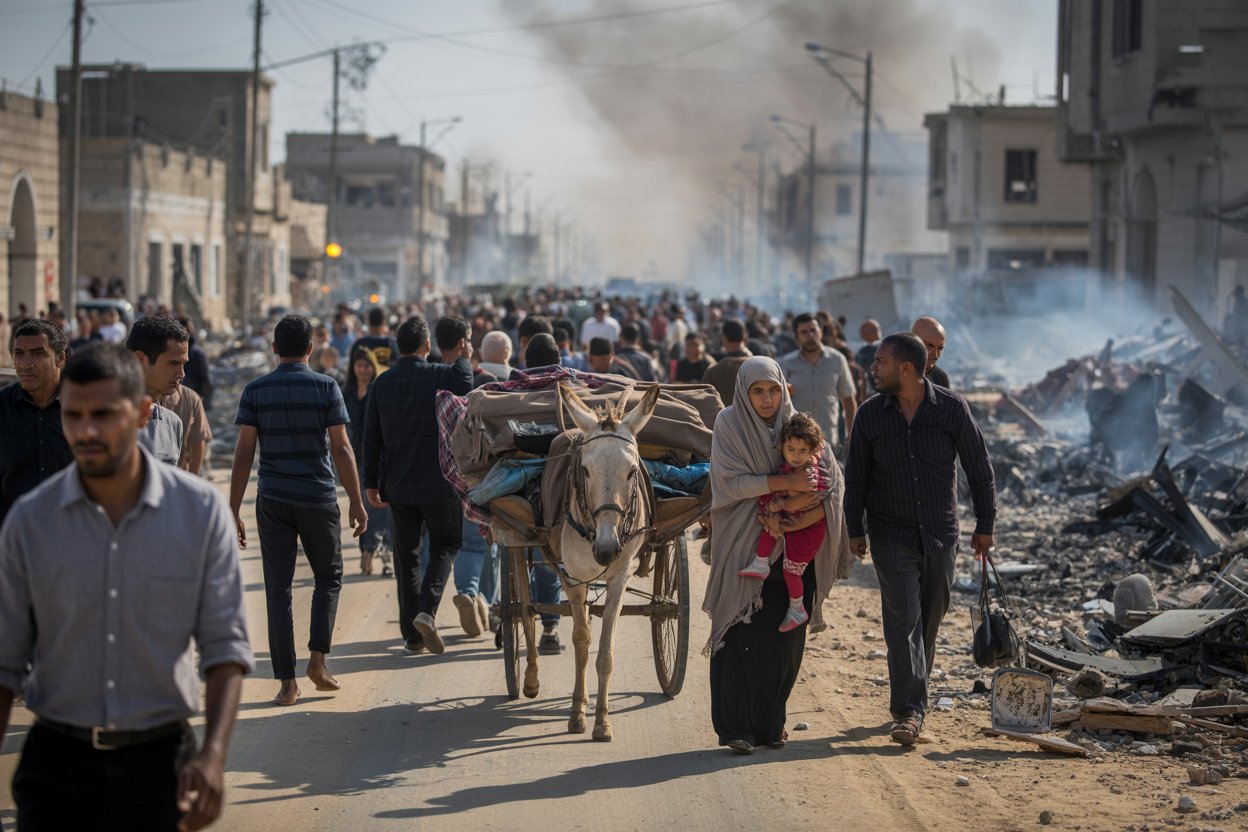
Rafah & Khan Younis, July 19, 2025 – At least 32 Palestinians were shot dead on Saturday night near aid distribution sites in southern Gaza, according to Gaza Health Ministry and hospital officials. While Israeli forces claim they fired warning shots as crowds approached military personnel, survivors and aid workers insist no warning preceded the volley of bullets.
Context of the Gaza Incident
This tragedy is not isolated: following the launch of the U.S.–Israeli–backed Gaza Humanitarian Foundation (GHF) programme on May 27, dozens have been killed almost daily while seeking food aid. In fact, between late May and early July, nearly 798 people were reportedly shot near GHF distribution centers or along convoys. The UN and humanitarian organizations have repeatedly criticized GHF’s model as dangerously flawed and militarized.
What Happened This Time In Gaza?
- Reports say the shootings occurred hours before the aid centre opened, and about a kilometre away from its gates.
- Witnesses dispute Israel’s warning-shots narrative, claiming no audible alerts were issued before the attack.
- The GHF insists no massacre happened at their site at the moment, and pins the blame on Hamas-related agitators who incited chaos prior to opening hours.
Hundreds more were wounded, many hospitalized at Al-Nasser Hospital in Khan Younis, where medical staff described scenes of frantic chaos as people—many asking simply for bread—were struck by gunfire.
Most Recommanded:
Netanyahu Meets Trump as Gaza Talks Intensify
Rising Death Toll & Repeat Patterns
Since operations began:
- On July 3, at least 15 people died in Khan Younis while waiting for aid; another 25 died near the Netzarim corridor.
- On July 5, local authorities reported 23 killed within 24 hours at aid points.
- UN figures show that over 875 deaths have occurred near GHF sites in just six weeks.
- Prior June incidents included 17 casualties near Wadi Gaza and 57 killed near Rafah, according to medical sources and NGOs.
Humanitarian Reckoning: Critics Sound Alarm
UN rights officials and humanitarian watchdogs have blasted the aid system. They call the GHF mechanism “inherently unsafe,” insisting that militarized distribution under Israeli oversight exposes starving civilians to lethal violence. Human rights groups argue it breaches international humanitarian law.
Doctors and Red Cross personnel working in Rafah and Khan Younis hospitals report daily influxes of dozens of gunshot victims—with most injuries to the head, neck, chest or torso.
Israeli Military Response & International Pressure
The Israeli Defence Forces have acknowledged some civilian casualties and said operational protocols are under review. Their official statement claims shots were targeted at “suspects” deviating from designated access routes, not civilians seeking aid.
Meanwhile, the United Nations Secretary-General—Antonio Guterres—has demanded an independent investigation, as global institutions warn Israel may be “weaponizing harvest and hunger” in besieged Gaza.
Why Gaza Story Demands Urgent Attention
- Millions in starvation: Gaza’s population—around two million—is facing famine-level deprivation. GHF packages of approximately 1,750 calories fall short of UN benchmarks and lack essentials like water, medicine or fuel.
- Lack of safe channels: NGOs including UNRWA have been excluded from distributing aid; GHF is the sole major provider, operating under Israeli military protection—raising fundamental safety concerns.
- Civilian lives at stake: Most victims are unarmed women, children, the elderly—people simply trying to feed their families during a brutal conflict that has already killed over 58,000 Palestinians since October 2023.
The Stark Reality Facing Gaza’s Desperation
In this volatile mix, Gaza’s residents are faced with a brutal choice: risk being shot while seeking aid or face starvation. Day after day, the aid sites meant to relieve hunger turn into death traps.
GHF’s model intended to expand access—but critics say it’s accomplishing the opposite: forcing Palestinians into crowd surges under militarized control, where even approaching the site carries mortal risk.
What Needs to Change Now
- Allow independent humanitarian agencies back in—UN, NGOs.
- Launch a credible international investigation into aid-related shootings.
- Redesign distribution protocols to separate civilians from military zones and prevent crowd surges.
- Ensure transparency and accountability in how aid is delivered and whether civilian lives are preserved.












